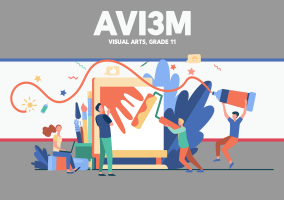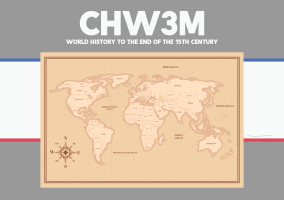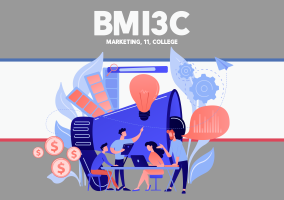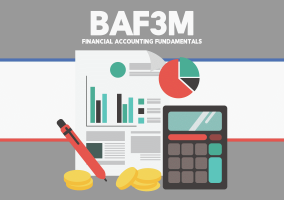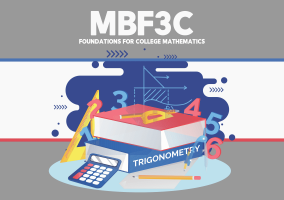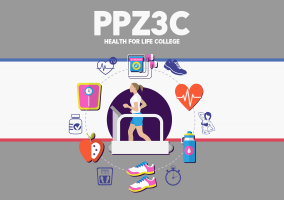Upgrade – MCF3M – Functions & Applications – Grade 11
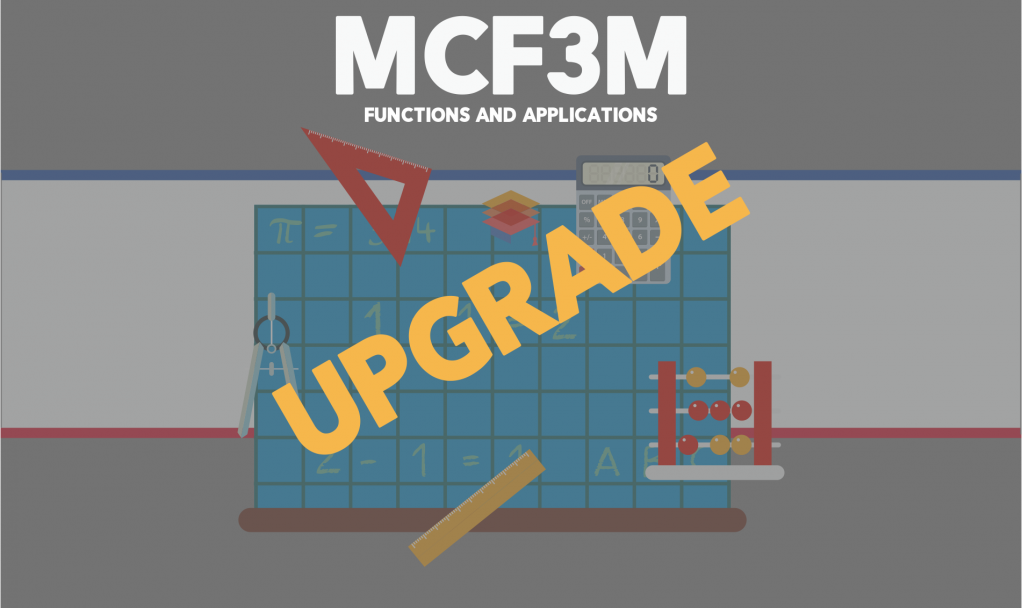
How to get started with Upgrade MCF3M:
Step 1: Select course(s), add to cart and checkout.
Step 2: After payment, complete the registration form which can be found in your email confirmation.
Step 3: Send all required documentation to info@oeshighschool.com
International students please contact info@oeshighschool.com before registration
Upgrade MCF3M course introduces basic features of the function by extending students’ experiences with quadratic relations. It focuses on quadratic, trigonometric, and exponential functions and their use in modelling real-world situations. Students in Upgrade MCF3M will represent functions numerically, graphically, and algebraically; simplify expressions; solve equations; and solve problems relating to applications. Students will reason mathematically and communicate their thinking as they solve multi-step problems.
Ministry of Education Curriculum: Mathematics
Upgrade MCF3M Prerequisite: Principles of Mathematics, Grade 10, Academic, or Foundations of Mathematics, Grade 10, Applied
To be eligible to register for an upgrade course, the student must have completed the same course within the past 12 months, earning a final grade of at least 50%. A student who registers for an upgrade course must send a copy of their final report card, transcript, or credit counselling summary sheet to Ontario eSecondary School as proof of their successful completion of the course in the past 12 months.
As summarized in Growing Success 2010, the primary purpose of assessment and evaluation is to improve student learning. Information gathered through assessment helps teachers to determine students’ strengths and weaknesses in their achievement of the curriculum expectations in each course. This information also serves to guide teachers in adapting curriculum and instructional approaches to students’ needs and in assessing the overall effectiveness of programs and classroom practices. As part of assessment, teachers provide students with descriptive feedback that guides their efforts towards improvement.
Evaluation refers to the process of judging the quality of student work on the basis of established criteria, and assigning a value to represent that quality. All curriculum expectations must be accounted for in instruction, but evaluation focuses on students’ achievement of the overall expectations. A students’ achievement of the overall expectations is evaluated on the basis of his or her achievement of related specific expectations. Teachers will use their professional judgement to determine which specific expectations should be used to evaluate achievement of overall expectations, and which ones will be covered in instruction and assessment but not necessarily evaluated.
In order to ensure that assessment and evaluation are valid and reliable, and that they lead to the improvement of student learning, teachers must use assessment and evaluation strategies that:
- Address both what students learn and how well they learn;
- Are based both on the categories of knowledge and skills and on the achievement level descriptions given in the achievement chart
- Are varied in nature, administered over a period of time, and designed to provide opportunities for students to demonstrate the full range of their learning;
- Are appropriate for the learning activities used, the purposes of instruction, and the needs and experiences of the students;
- Are fair to all students;
- Accommodate students with special education needs, consistent with the strategies outlined in their Individual Education Plan;
- Accommodate the needs of students who are learning the language of instruction;
- Ensure that each student is given clear directions for improvement;
- Promote students’ ability to assess their own learning and to set specific goals
- Include the use of samples of students’ work that provide evidence of their achievement;
- Are communicated clearly to students and parents at the beginning of the school year and at other appropriate points throughout the school year.
The achievement chart for mathematics outlines four categories of knowledge and skills. They include; knowledge and understanding, thinking, communication and application. Teachers will ensure that student work is assessed and/or evaluated in a balanced manner with respect to the four categories, and that achievement of particular expectations is considered within the appropriate categories.
A final grade is recorded for this course, and a credit is granted and recorded for this course if the student’s grade is 50% or higher. The final grade for this course will be determined as follows:
- Seventy percent of the grade will be based on evaluations conducted throughout the course. This portion of the grade should reflect the student’s most consistent level of achievement throughout the course, although special consideration should be given to more recent evidence of achievement. The seventy percent will be distributed in the following achievement chart categories: 25% Knowledge and understanding, 25% application, 25% communication and 25% thinking.
- Thirty percent of the grade will be based on a final evaluation in the form of an examination administered towards the end of the course and a summative project which students can work on throughout the course.
All students can succeed. Some students are able, with certain accommodations, to participate in the regular course curriculum and to demonstrate learning independently. Accommodations allow access to the course without any changes to the knowledge and skills the student is expected to demonstrate. The accommodations required to facilitate the student’s learning can be identified by the teacher, but recommendations from a School Board generated Individual Education Plan (IEP) if available can also be consulted. Instruction based on principles of universal design and differentiated instruction focuses on the provision of accommodations to meet the diverse needs of learners.
Examples of accommodations (but not limited to) include:
- Adjustment and or extension of time required to complete assignments or summative tasks
- Providing alternative assignments or summative tasks
- Use of scribes and/or other assistive technologies
- Simplifying the language of instruction
To learn more about this course including tests and exams please visit our FAQ page
Course Content
Curriculum is empty

